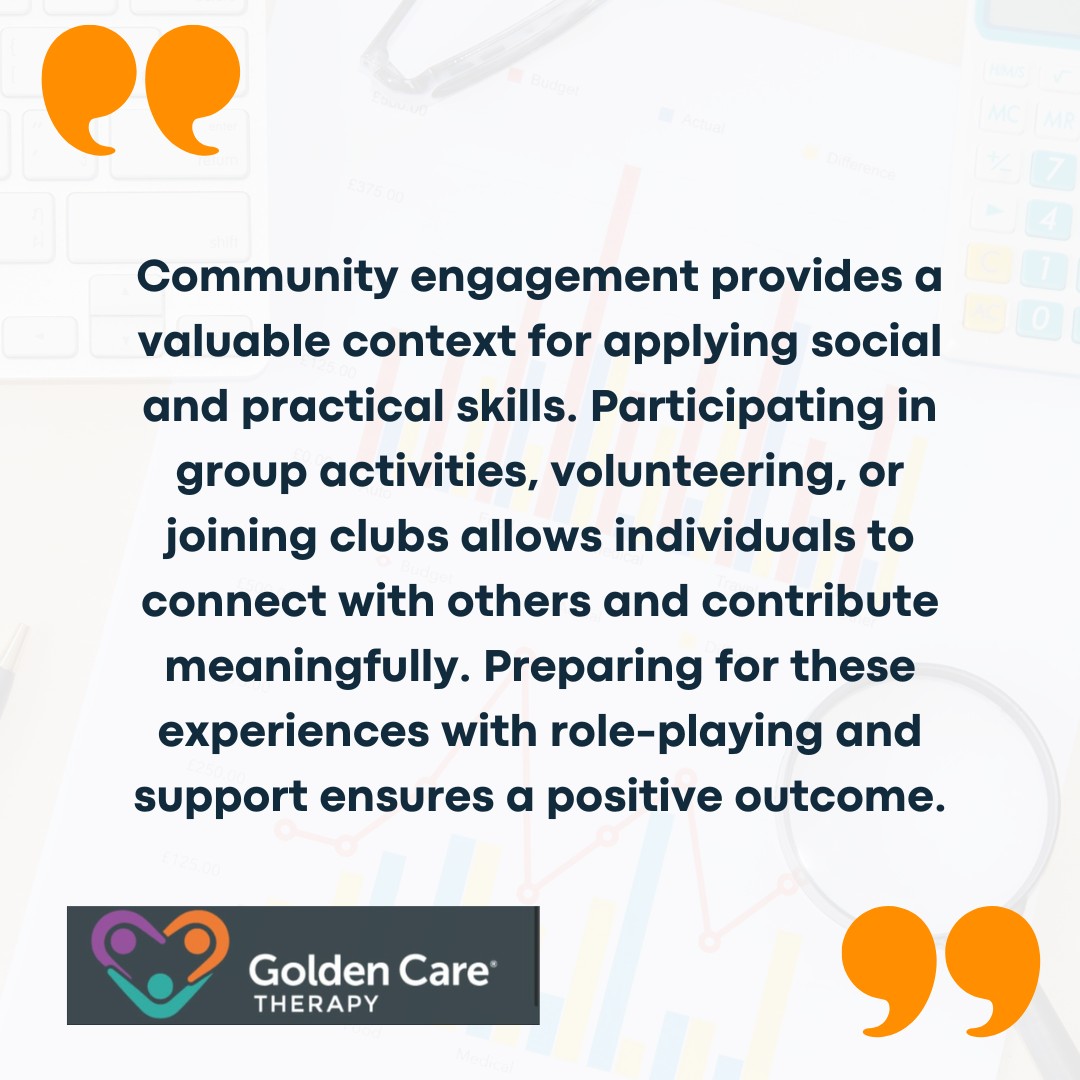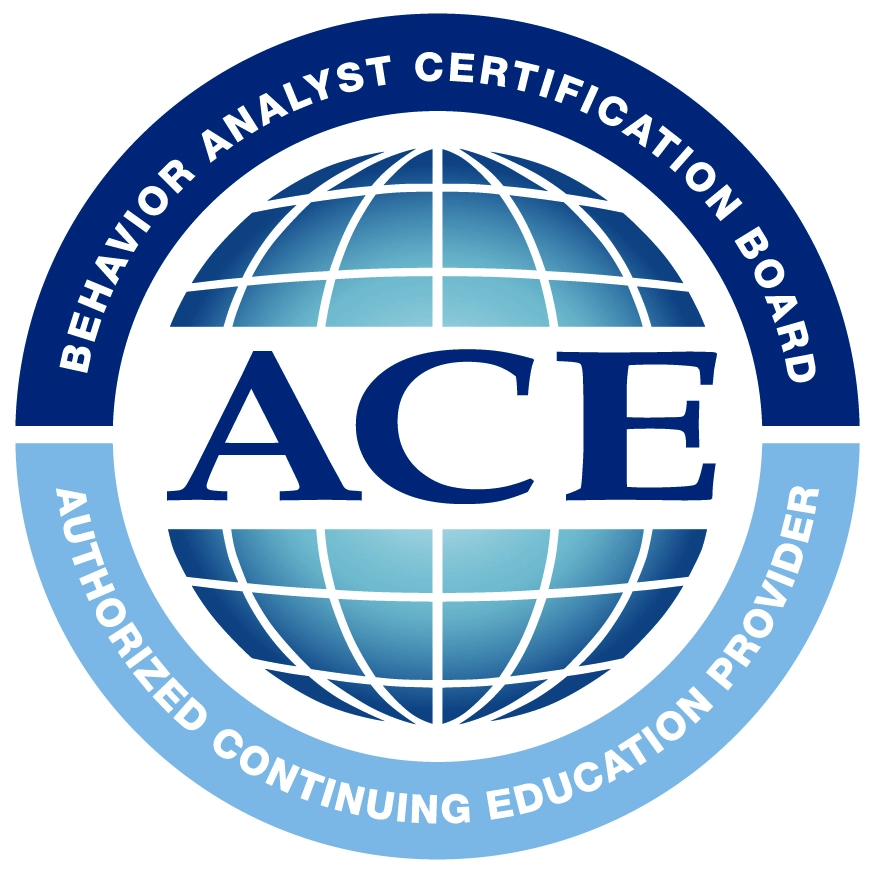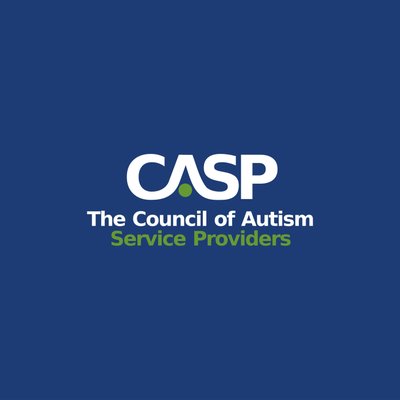Fostering independence in autistic individuals is a transformative process that emphasizes their ability to navigate everyday life with confidence and self-reliance. This journey involves a careful balance of teaching practical skills, nurturing emotional resilience, and recognizing the unique strengths and challenges of each person. Independence does not necessarily mean doing everything alone but rather achieving a level of self-sufficiency that aligns with personal goals and abilities.
So without further ado, let’s explore the foundational principles and strategies that underpin this essential aspect of autism support.
Understanding Individual Needs and Strengths
Every autistic individual has a unique profile of abilities, challenges, and preferences. Building independence starts with understanding these factors. Assessing skills like communication, problem-solving, and sensory processing helps tailor the teaching process.
For example, someone who struggles with verbal communication may benefit from visual aids or augmentative and alternative communication (AAC) devices. Recognizing strengths, such as attention to detail or strong memory, provides a foundation for teaching new skills.
Establishing a trusting relationship is also vital. Independence can feel overwhelming without support, so creating an environment where the individual feels safe to learn and make mistakes is critical.
Building a Structured Environment
Structure and predictability can help autistic individuals develop independence more effectively. A consistent routine provides a sense of security and makes learning new tasks manageable.
For example, creating a visual schedule with pictures or symbols allows individuals to understand what to expect throughout the day, reducing anxiety and promoting self-regulation.
Within this structure, it’s important to introduce opportunities for decision-making. Allowing choices, such as what to wear or what activity to engage in, helps foster a sense of autonomy and builds confidence.
Teaching Life Skills
Life skills form the backbone of independence. These skills encompass personal care, household management, and community engagement. Teaching these skills often requires breaking tasks into smaller, manageable steps – a process known as task analysis.
Incorporating visual aids, such as step-by-step guides or videos, can reinforce learning. Repetition and practice are essential, as mastery often requires time and patience. Gradual fading of support allows the individual to take on more responsibility at their own pace.
Enhancing Communication Skills
Effective communication is a cornerstone of independence. Whether an individual uses verbal language, sign language, or AAC devices, the goal is to ensure they can express their needs, preferences, and emotions.
Teaching functional communication, such as asking for help or indicating a choice, is particularly important.
Encouraging communication in real-life contexts, like ordering at a restaurant or asking for assistance in a store, reinforces these skills. Role-playing and social stories can prepare individuals for these interactions, making them feel more confident and prepared.
Promoting Emotional Regulation
Independence involves not only practical skills but also emotional self-management. Autistic individuals may face challenges with regulating emotions, which can impact their ability to handle new situations or changes in routine. Teaching coping strategies, such as deep breathing, using sensory tools, or identifying emotions through visuals, helps build resilience.
A supportive approach to emotional regulation involves acknowledging feelings without judgment and helping the individual navigate them constructively. For example, if frustration arises during a task, offering encouragement and breaking it into smaller steps can alleviate stress and maintain progress.
Fostering Social Skills and Community Engagement
Social skills are essential for navigating the broader community. These skills include understanding social cues, engaging in conversations, and respecting personal boundaries. Teaching these skills often requires explicit instruction and practice in real-life settings.

Encouraging Problem-Solving and Decision-Making
Problem-solving and decision-making are vital components of independence. Teaching these skills involves guiding individuals through a process of identifying a problem, considering solutions, and evaluating outcomes.
For instance, if someone forgets their lunch at home, discussing possible solutions, like buying lunch or calling for help, builds their ability to handle similar situations independently.
Allowing room for mistakes is an important part of this process. Mistakes provide learning opportunities and help individuals develop resilience and adaptability.
Supporting Sensory Needs
Sensory sensitivities can impact an autistic individual’s ability to engage in independent activities. Addressing sensory needs involves creating an environment that minimizes discomfort and promotes focus. For example, noise-canceling headphones, sensory-friendly clothing, or designated quiet spaces can make tasks more manageable.
Incorporating sensory breaks into the day allows individuals to recharge and maintain their focus. Understanding and accommodating sensory preferences ensures that independence is pursued in a way that respects their needs.
Collaborating with Support Networks
Independence is not achieved in isolation. Families, educators, therapists, and caregivers play a critical role in supporting this journey. Regular communication among these stakeholders ensures a cohesive approach to teaching and reinforces consistency across different environments.
Encouraging family involvement is particularly important, as everyday interactions provide opportunities to practice skills and build independence. Workshops and training for family members can equip them with strategies to support their loved ones effectively.
The Role of Technology
Technology offers powerful tools for fostering independence. From apps that teach life skills to devices that support communication, technology can enhance learning and provide practical solutions.
For instance, timers and reminders can help with time management, while navigation apps can support community engagement.
Introducing technology in a gradual and user-friendly manner ensures it becomes a helpful resource rather than a source of frustration.
Measuring Progress and Celebrating Achievements
Tracking progress is an integral part of teaching independence. Regularly assessing skills and adjusting goals ensures that the teaching process remains aligned with the individual’s needs. Celebrating small achievements fosters motivation and reinforces the value of effort.
Progress may not always follow a linear path, and that’s okay. Patience, persistence, and a positive attitude are key to navigating challenges and maintaining momentum.

Self-advocacy is a critical aspect of independence for autistic individuals. It empowers them to understand and communicate their needs, rights, and preferences effectively. Teaching self-advocacy starts with helping individuals recognize their strengths, challenges, and the accommodations they may require in different situations.
For younger individuals, this might involve teaching them to express when they need a break or help with a task. For older individuals, it could mean guiding them to participate in their own Individualized Education Program(IEP) meetings, job interviews, or social interactions.
Role-playing scenarios where they may need to advocate for themselves builds confidence and prepares them for real-world situations.
Encouraging self-advocacy also includes fostering an understanding of their rights in education, work, and community settings. This knowledge ensures they can confidently request accommodations like extra time for tasks, sensory-friendly environments, or communication support.
Additionally, connecting with autistic advocacy groups or self-advocates can provide valuable inspiration and role models. These connections highlight the importance of self-empowerment and demonstrate that their voice is important and valid.
Teaching self-advocacy is an ongoing process, but it’s one that profoundly impacts an individual’s ability to navigate the world independently. By equipping them with these skills, we not only support their growth but also affirm their right to take charge of their own lives.
A Lifelong Journey
Teaching independence to autistic individuals is a dynamic and lifelong process. It evolves as the individual grows, with goals and strategies adapting to their changing needs and aspirations. The ultimate aim is to empower individuals to live fulfilling lives, where they can make choices, pursue interests, and contribute to their communities.
Independence is not about eliminating support but about providing the right kind and amount of support that allows each person to thrive.
With patience, understanding, and a commitment to fostering growth, independence becomes a realistic and rewarding goal for autistic individuals and their support networks alike. At Golden Care Therapy, we provide exceptional ABA therapy services in New Jersey, Indiana, New York, Georgia, and Florida.
We have a dedicated team to tailor each program to meet the unique needs of every individual, ensuring effective and compassionate care. Contact us today to learn how we can support your journey toward independence and fulfillment.



